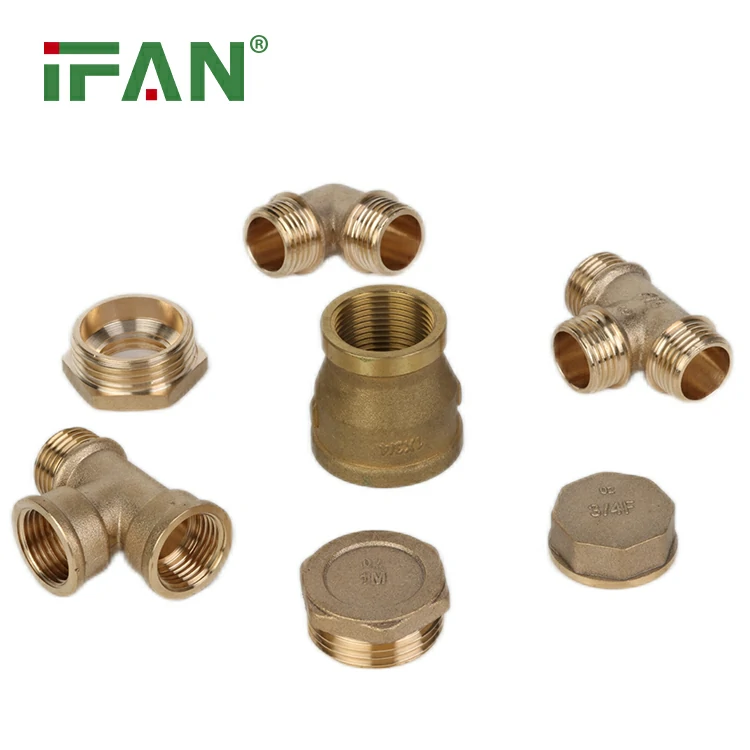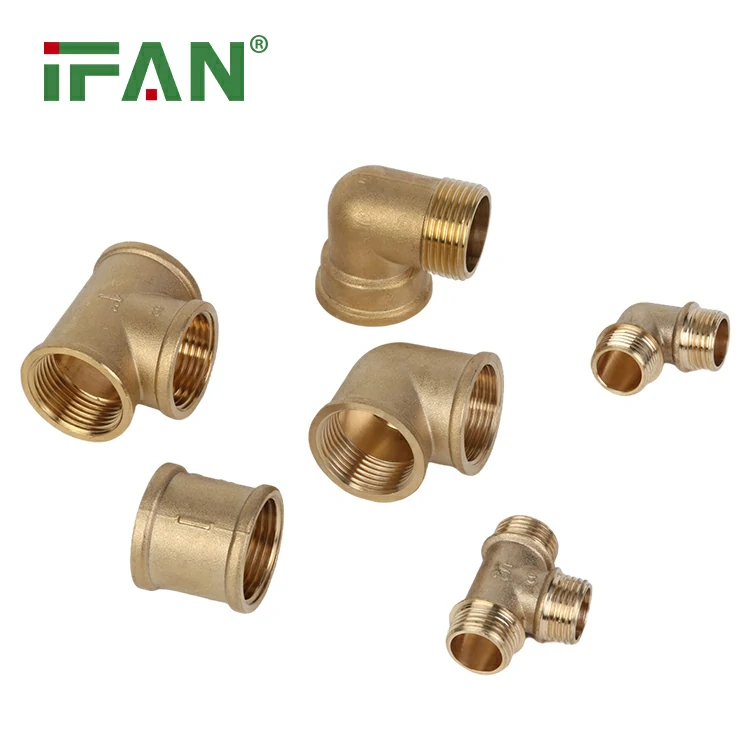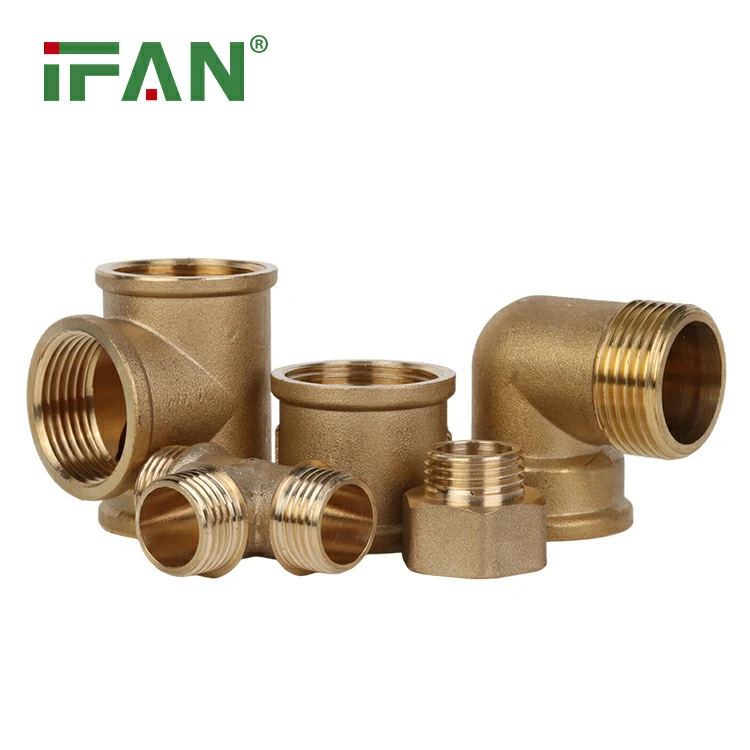PEX (cross-linked polyethylene) piping has revolutionized plumbing systems in residential and commercial applications. With its unique properties, such as flexibility and resistance to corrosion, PEX has become a popular choice among builders and plumbers alike. In this article, we will explore the various types of PEX pipes tested in different applications and analyze their advantages and limitations. This comprehensive overview will assist homeowners and contractors in selecting the right PEX pipe for their specific needs.

Understanding PEX Pipes
Before diving into the specifics, it’s essential to understand the primary characteristics that differentiate PEX pipes from traditional materials such as copper and PVC. PEX pipes are produced using a process called cross-linking, which enhances their performance characteristics, making them flexible, easy to install, and resilient under varying conditions.
Key Features of PEX Pipes
- Flexibility: PEX pipes can bend around corners, making them easier to route through walls and ceilings.
- Corrosion Resistance: Unlike metal pipes, PEX does not rust or corrode, ensuring longevity in plumbing systems.
- Thermal Expansion: PEX can expand when frozen without bursting, making it suitable for colder climates.
- Low Thermal Conductivity: PEX retains heat well, reducing energy loss in hot water applications.
Types of PEX Pipes
1. PEX-A (Engel Process)
Description: PEX-A is produced using a process known as the Engel method, which promotes a high degree of cross-linking in the polymer structure. It is known for its extreme flexibility and resistance to cracking. Applications: Commonly used in residential and commercial plumbing as well as in radiant heating systems. Advantages:
- Superior flexibility, making it easy to work with.
- Excellent resistance to bursting when exposed to freezing temperatures.
- Allows for the easiest installation of fittings, as it can be expanded to fit. Limitations:
- Higher cost compared to other types of PEX.
2. PEX-B (Silane Method)
Description: PEX-B is produced using the silane method, resulting in a moderate level of cross-linking. It is often rigid compared to PEX-A but is still flexible enough for many applications. Applications: Commonly used in general plumbing applications, including supply lines and hot and cold water systems. Advantages:
- More cost-effective compared to PEX-A.
- Good compatibility with a wide range of fittings and connectors. Limitations:
- Less flexible than PEX-A, making it less suitable for tight bends and corners.
- Slightly lower resistance to temperature changes.
3. PEX-C (Peroxide Method)
Description: PEX-C pipes are produced using a method involving peroxide, resulting in a lower degree of cross-linking than both PEX-A and PEX-B. Applications: Primarily used in plumbing and for connecting fittings to fixtures and appliances due to its lower cost. Advantages:
- Generally the least expensive type of PEX.
- Good for shorter runs and straightforward applications. Limitations:
- Not as flexible as PEX-A or PEX-B, making it less ideal for complex plumbing layouts.
- Serious limitations in temperature tolerance, making it less suitable for high-temperature applications.
4. PEX-AL-PEX (Aluminum Layered PEX)
Description: PEX-AL-PEX combines PEX with an aluminum layer, providing both strength and flexibility. The aluminum core helps prevent the permeation of oxygen, which can affect systems requiring strict oxygen control, such as heating systems. Applications: Ideal for both plumbing and heating applications, especially where pressure and temperature stability is needed. Advantages:
- Strong resistance to pressure and high temperatures.
- The aluminum core protects against oxygen diffusion, making it suitable for heating systems. Limitations:
- More complex installation due to the use of special fittings.
- Generally more expensive than standard PEX options.
5. Color-Coded PEX Pipes
Description: PEX pipes are available in various colors, such as red for hot water and blue for cold water. This color coding helps easily identify hot and cold lines during installation and maintenance. Applications: Used in residential plumbing for hot and cold water distribution. Advantages:
- Easy identification during installation reduces the chances of mistakes.
- Helps plumbers and homeowners easily assess the system when making repairs. Limitations:
- Color does not affect the performance of the pipe, but availability can vary by supplier.
Comparing the Various Types of PEX Pipes
To help visualize the differences and decide which type of PEX pipe may be most beneficial for your project, here’s a comparison table summarizing the key characteristics:
| Type | Flexibility | Cost | Applications | Temperature Resistance | Oxygen Barrier |
|---|---|---|---|---|---|
| PEX-A | High | High | Plumbing, Radiant Heating | Excellent | No |
| PEX-B | Moderate | Medium | General Plumbing | Good | No |
| PEX-C | Low | Low | Basic Plumbing | Fair | No |
| PEX-AL-PEX | Moderate | High | Pressure Applications | Excellent | Yes |
| Color-Coded PEX | Moderate | Medium | Hot and Cold Water Distributions | Good | No |
Applications of PEX Pipes
- Residential Plumbing: Used for water supply lines, drainage, and venting.
- Radiant Heating: Often used in hydronic heating systems where water circulates through PEX pipes embedded in floors or walls.
- Water Distribution: Ideal for supplying hot and cold water throughout a home.
- Snow Melting Systems: PEX can be installed in driveways and sidewalks to prevent snow buildup.
Advantages of Using PEX Pipes
- Reduced Installation Time: PEX pipes are lightweight and easy to handle, reducing installation time and labor costs.
- Less Risk of Damage: PEX pipes’ flexibility allows for expansion and contraction, minimizing the risk of bursts in freezing conditions.
- Lower Noise Levels: PEX does not transfer sound as much as metal pipes, reducing noise from water flow.
Maintenance and Care for PEX Pipes
Maintaining PEX piping systems is straightforward, but it is essential to remain vigilant:
- Inspect Regularly: Periodically check for damages or wear, particularly at connection points.
- Avoid UV Exposure: PEX pipes should not be exposed to direct sunlight as UV rays can damage them. When installed outdoors, they should be insulated.
- Watch for Freezing: In colder climates, it’s crucial to insulate PEX pipes running through unheated spaces to prevent freezing.
Conclusion
Choosing the right type of PEX pipe for your project is crucial to ensuring a successful plumbing system. Understanding the characteristics, advantages, and applications of the various PEX pipe types can significantly impact the efficiency and longevity of your plumbing installations. By comparing the options, you can decide which PEX pipe best meets your needs, whether for residential plumbing, radiant heating, or any other application.
Frequently Asked Questions (FAQs)
- What is PEX piping, and why is it used?
- PEX piping is a flexible, cross-linked polyethylene material used in plumbing systems for its durability, resistance to corrosion, and ease of installation.
- How do PEX A, B, and C differ?
- PEX A, B, and C differ based on their manufacturing processes, flexibility, cost, and level of cross-linking, affecting their application and performance.
- Can PEX pipes be used for outdoor plumbing?
- Generally, PEX pipes should not be used outdoors unless protected from UV exposure. They are best used inside structures or insulated in outdoor applications.
- How long do PEX pipes last?
- PEX pipes are designed to last over 50 years when properly installed and maintained, making them a durable choice for plumbing systems.
- Are PEX pipes resistant to freezing?
- PEX pipes can expand slightly when frozen, which helps prevent bursting. However, they should still be insulated in cold conditions to mitigate the risk of freezing. By understanding the diverse types of PEX pipes and evaluating their respective features and applications, homeowners and contractors can make informed decisions that align with their specific plumbing needs.






